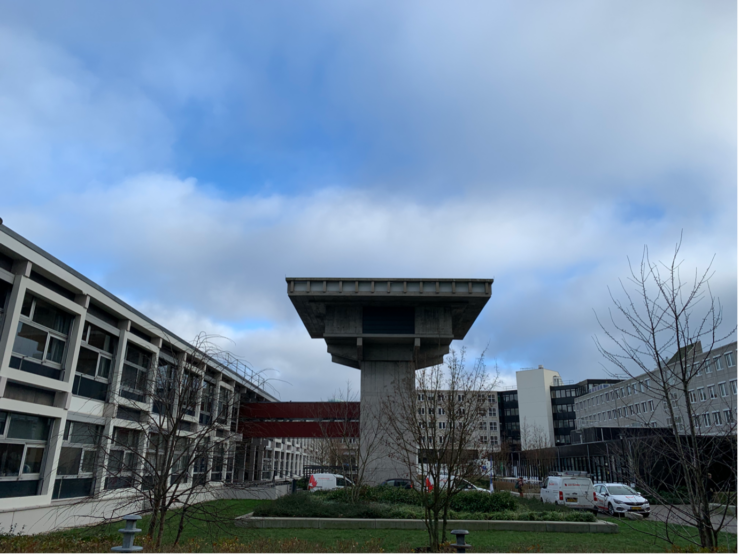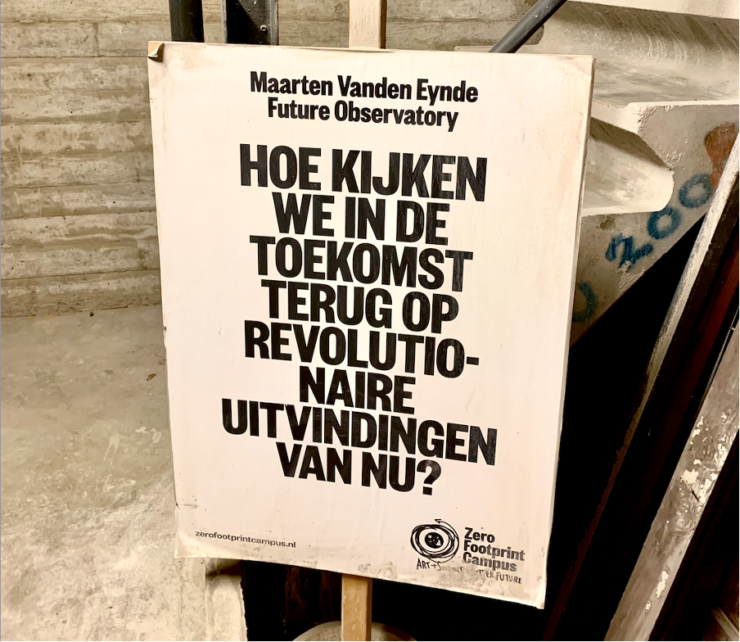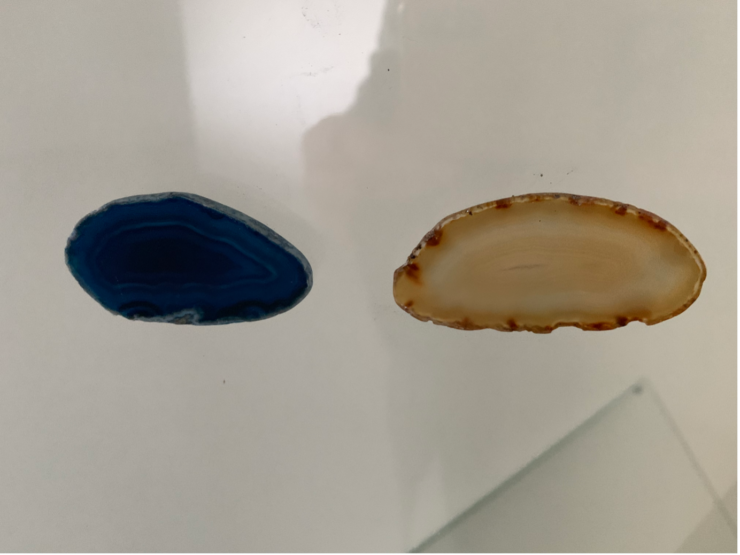Documentation
”Object Failures: Minnaert’s Observatory and the Spirit of Speculative Resistance“ – Olga Efremov

Picture 1. The Observatory and Marinus Ruppert building of Utrecht University campus.
With this blog post, inspired by the case study discussed during Mick Wilson’s workshop “How to Know Things with Works: On Practical Enquiry,” I would like to continue the exploration of Harman’s theory of speculative realism (2018) as a lens for a practice-based inquiry into the secret lives of objects. Wilson challenges the participants to investigate, among other cases, artistic research practices centered around a local object of curiosity, the LTH Fountain (LTH-fontänen), a defunct fountain installation permanently placed at the campus site of Lund University in Sweden in early 1960s (Leach 2023). On seeing the images posted on the website dedicated to the project I instantly recalled its “spiritual twin” located at the Utrecht Science Park in Uithof: the Observatory building also known as the Sterrentoren (Agterberg 2017).“Spiritual” is a key word in this case as both the LTH fountain and Uithof’s Sterrentoren share speculative object properties that are operationalized as a “tangible micro-force[s]” (Miller 2013, 49).
Furthermore, they both at certain points became the sites of interdisciplinary artistic research. The designation of the Sterrentoren as cultural heritage of the city of Utrecht in 2017 allowed multiple parties arrive to a temporary consensus concerning its future (Baneke 2019, 245). In 2017, Belgian installation artist Maarten Vanden Eynde transformed the top floor of the Sterrentoren into Future Observatory, an exposition of artefacts loaned from University Museum Utrecht collections to challenge the visiting public with a question: “How will we view today’s revolutionary inventions in the future?” (Picture 2). The beauty of flat ontologies as a vantage point is that they place all objects on the same level; there is no hierarchy where an object’s functionality is placed over its inexhaustibility. The observatory and the adjacent Marinus Ruppert building, now inseparably connected by their city monument designation, remind us that “[o]bjects are like houses built from playing cards that, in their weakness, manage to stand only by leaning on each other” (Miller 2013, 55).

Picture 2. Maarten Vanden Eynde’s Future Observatory poster still welcomes the visitors.
In 2024, the exposition space built by Vanden Eynde is still preserved in a pristine state of inviting liminality, the only remaining artefact being a pair of watchful gemstone “eyes” (Picture 3). They hark back to the landmark that inspired the name “Sterrentoren”: the demolished Smeetoren watchtower (1145-1855), a part of Utrecht fortification wall (Gemeente Utrecht n.d.). If this gallery space hosted an immersive mixed reality installation, the artist could perhaps still use the stones as sensory objects that act as narrative storyspace triggers. Could it possibly be the nonconscious intent of Future Observatory’s creator? Or does the Observatory create its own speculative myth from its past and present very much like the future itself does? I do not know the answers to these questions, yet what I do know is that I must keep returning to the Sterrentoren in the future as a matter of practice.

Picture 3. The metaphoric “eyes of stone” are the only artefacts now remaining from Vanden Eynde’s 2017 exposition at the Observatory.

